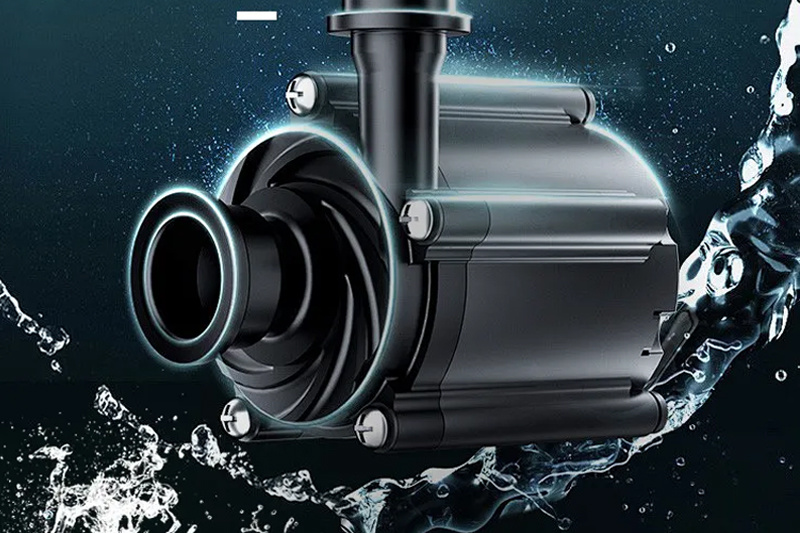The rationality of selection is directly related to the operating cost of the pumping station
Publish Time:
2025-04-21
The selection of water pumps not only affects whether the water supply booster station can operate normally, but the rationality of the selection is directly related to the operating cost of the pumping station.
Structural parameters
Water supply booster stations are an effective measure to alleviate insufficient urban water supply pressure. Their core is the booster pump station, and the core of the pump station is the pump. The selection of pumps not only affects whether the water supply booster station can operate normally but also directly relates to the operating cost of the pump station.
Domestic water supply booster stations generally use centrifugal pumps, which have advantages such as simple structure, pulsation-free fluid delivery, and simple flow regulation. Based on the actual engineering situation, the type of centrifugal pump is selected first, with the following considerations.
(1) Determine the type of pump based on the characteristics of the medium. For example, clear water pumps, corrosion-resistant pumps, or chemical process pumps and impurity pumps. When the medium is highly toxic, valuable, or radioactive substances that are not allowed to leak, consider using leak-free pumps (such as shielded pumps, magnetic pumps, etc.) or double-end mechanical seals with leak collection and leak alarm devices. If the medium is a volatile liquid such as liquefied hydrocarbons, a low cavitation margin pump, such as a barrel-type pump, should be selected.
(2) Select horizontal pumps or vertical pumps (including submersible pumps and pipe pumps) based on site installation conditions.
(3) Select single-suction pumps, double-suction pumps, or low-flow centrifugal pumps based on flow rate.
(4) Select single-stage pumps, multi-stage pumps, or high-speed centrifugal pumps based on head.
After determining the above, based on the characteristics of different series of pumps in various types of pumps and the conditions of the manufacturer, select the appropriate pump series. After selecting the pump type, series, and material, determine the pump model according to the samples and relevant parameters provided by the pump manufacturer.

 中
中
 EN
EN




